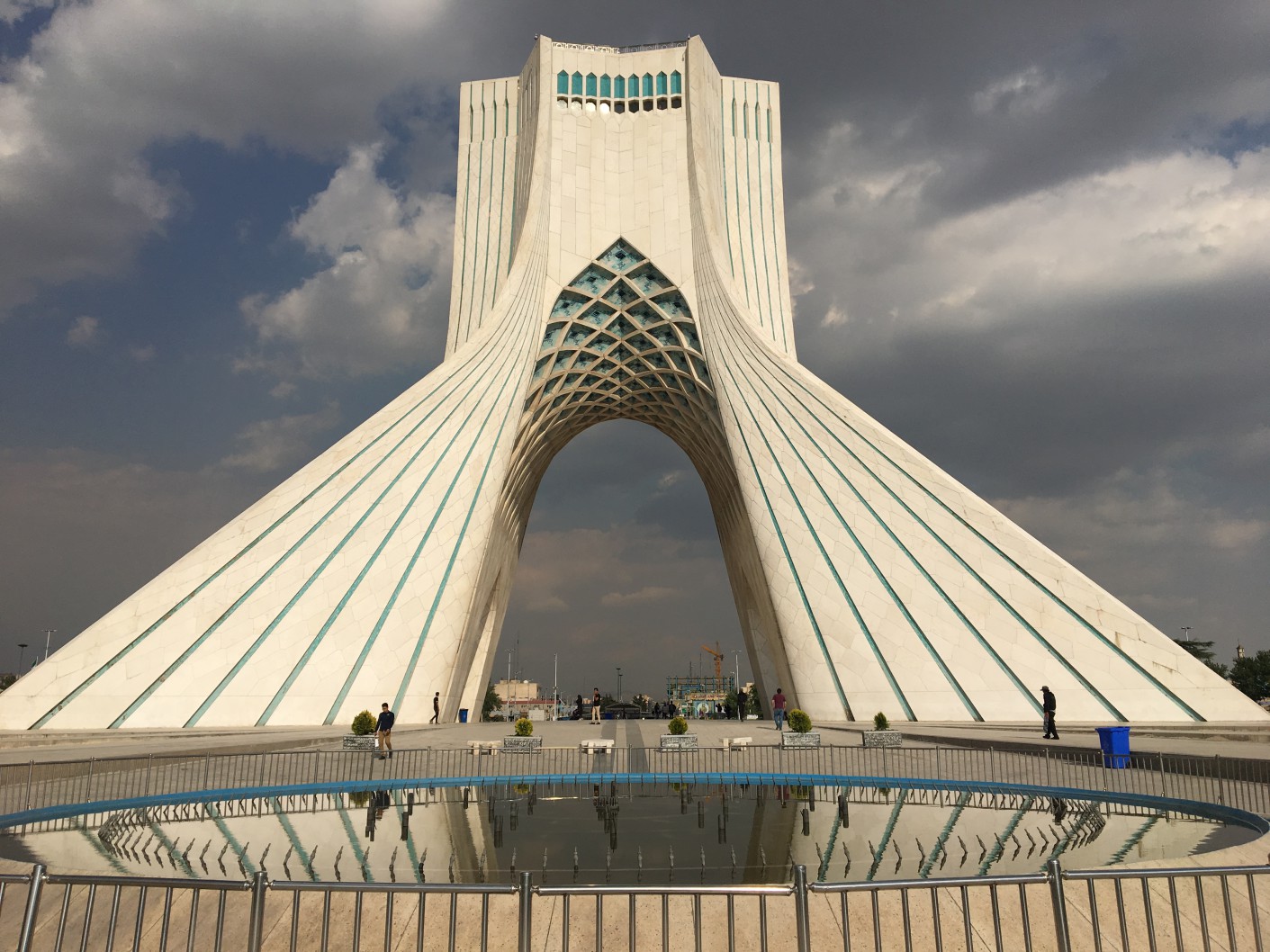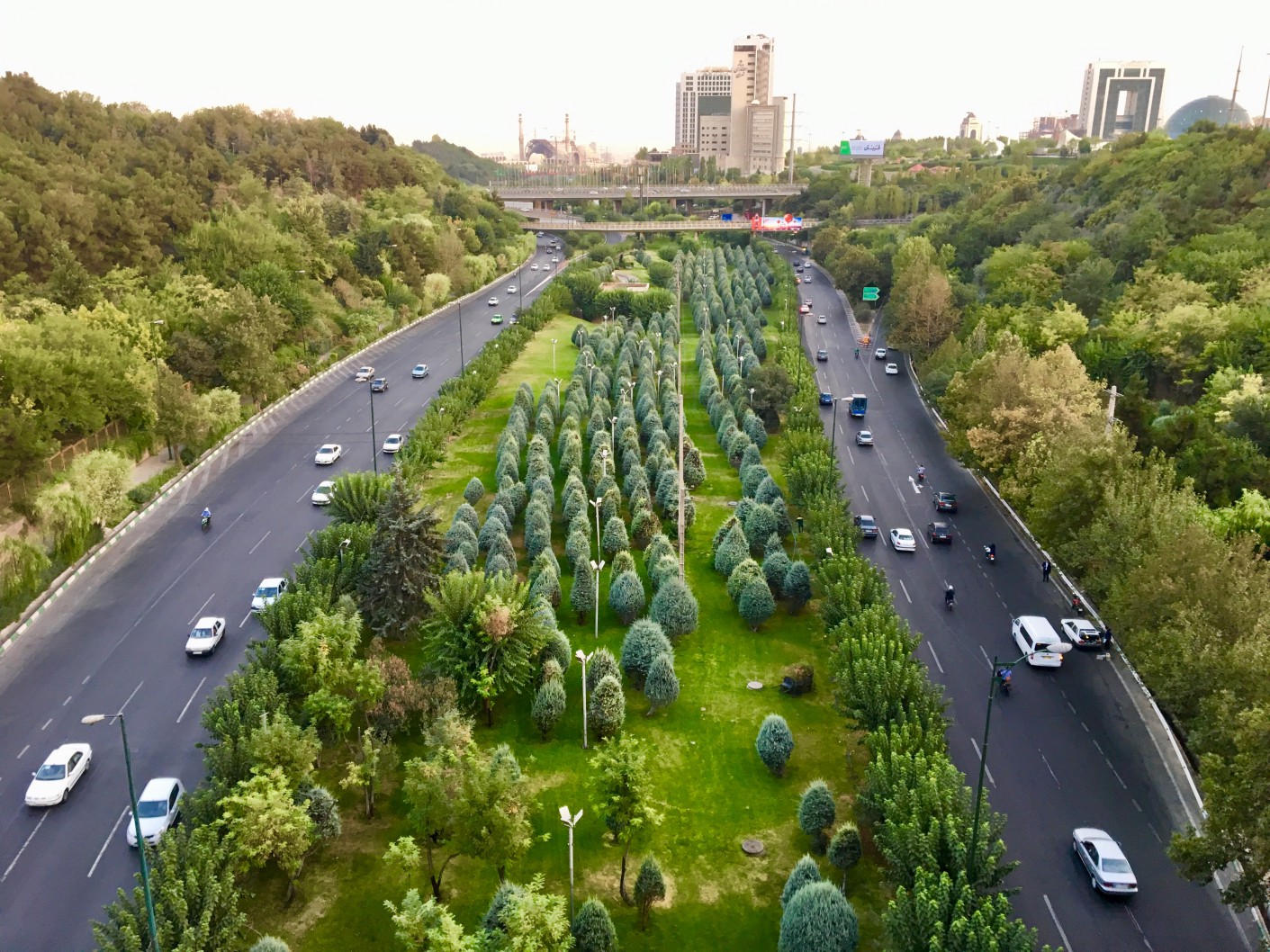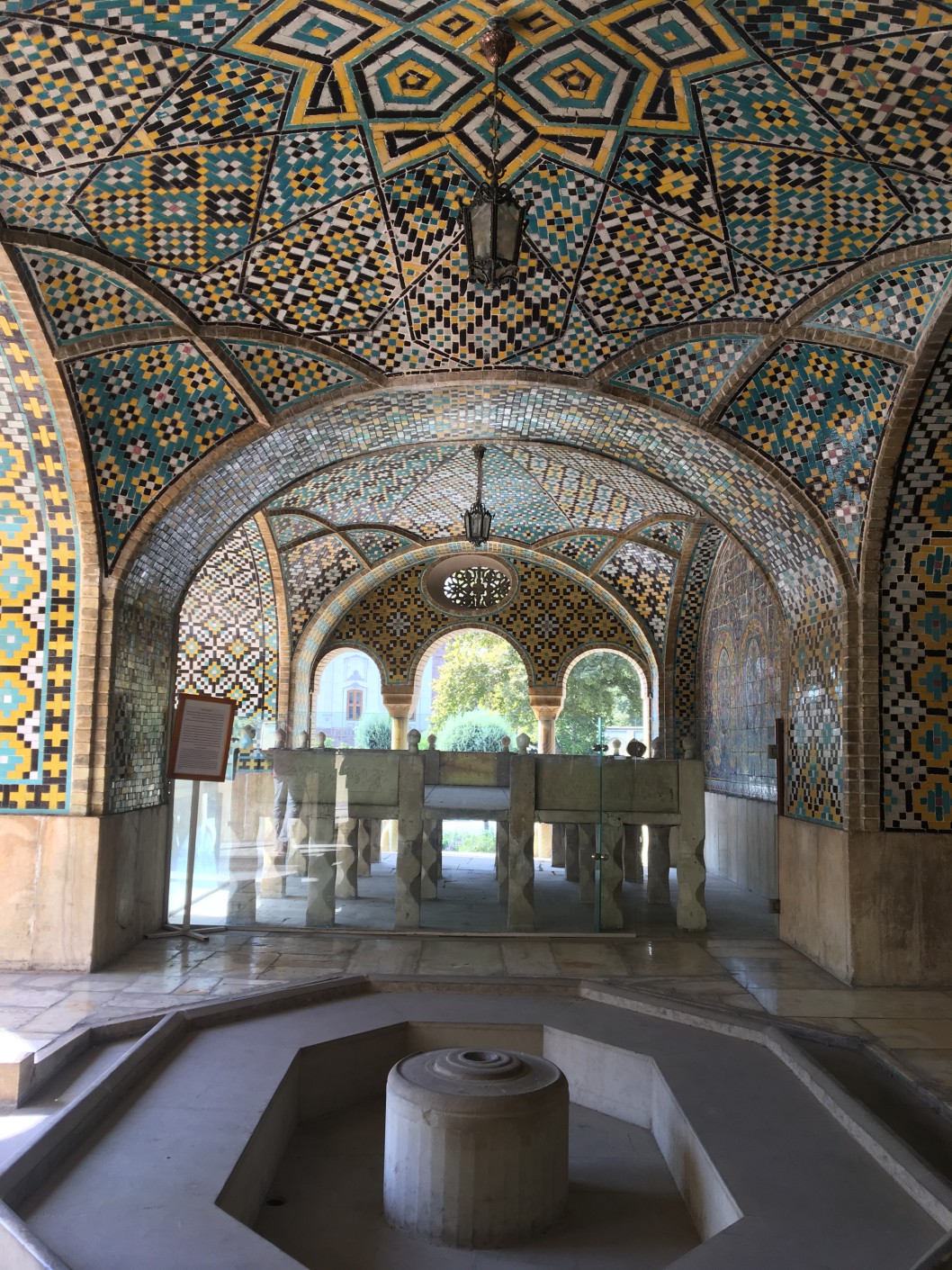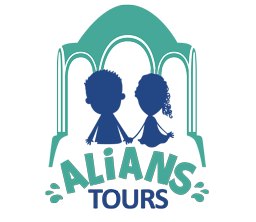Tehran is a cosmopolitan city and is famous for its numerous resorts on the Alborz slopes, large museums, art centers, palace complexes, parks, restaurants, and warm friendly people. It deserves at least a few days of your Iranian itinerary.


Tehran has also earned itself the rather unenviable reputation as a smog-filled, traffic-clogged and featureless sprawl of concrete bursting at the seams with 14 million residents.
A combination of factors make Tehran a pleasant place to visit: The dry climate which is constantly cool (at least in the evenings), the proximity of the mountains, the parks and gardens where flowers blossom all through the year, the alleys of trees in the avenues or even smaller streets, and even the water that runs down from the upper city along deep and wide gutters which look like small rivers during spring. The Alborz range to the north of Tehran, which hosts the highest peak in Iran, provides fantastic conditions for ski lovers in the winter.

History of Tehran
At the time of the Zand dynasty, it was a little town that was significant from a strategic point of view. The first of the Qajar kings, Agha Mohammed Khan, named Tehran as the country’s capital in 1778, and most of its growth started during the reign of a subsequent Qajar monarch, Fath-Ali Shah. The castle which Agha Mohammed Khan had built was to contain the new majestic buildings.
At the same time, the city’s populace was redoubled. Due to the increasing significance of the city, gates, squares and mosques were built and it was at the time of Nassereddin Shah that the city’s master sketch was prepared and modern streets were constructed. Later, huge central squares like Toopkhaneh square (now Imam Khomeini) and quite a few military buildings were built. Even though the Qajar dynasty was in a period of decline, Tehran soon took the shape of a modern city. The structure of large government buildings, new streets, recreation centers, urban service organizations, and academic and methodical centers were started, even as most of the old gates and buildings were destroyed and the city’s old architectural fabric replaced by a contemporary one.
